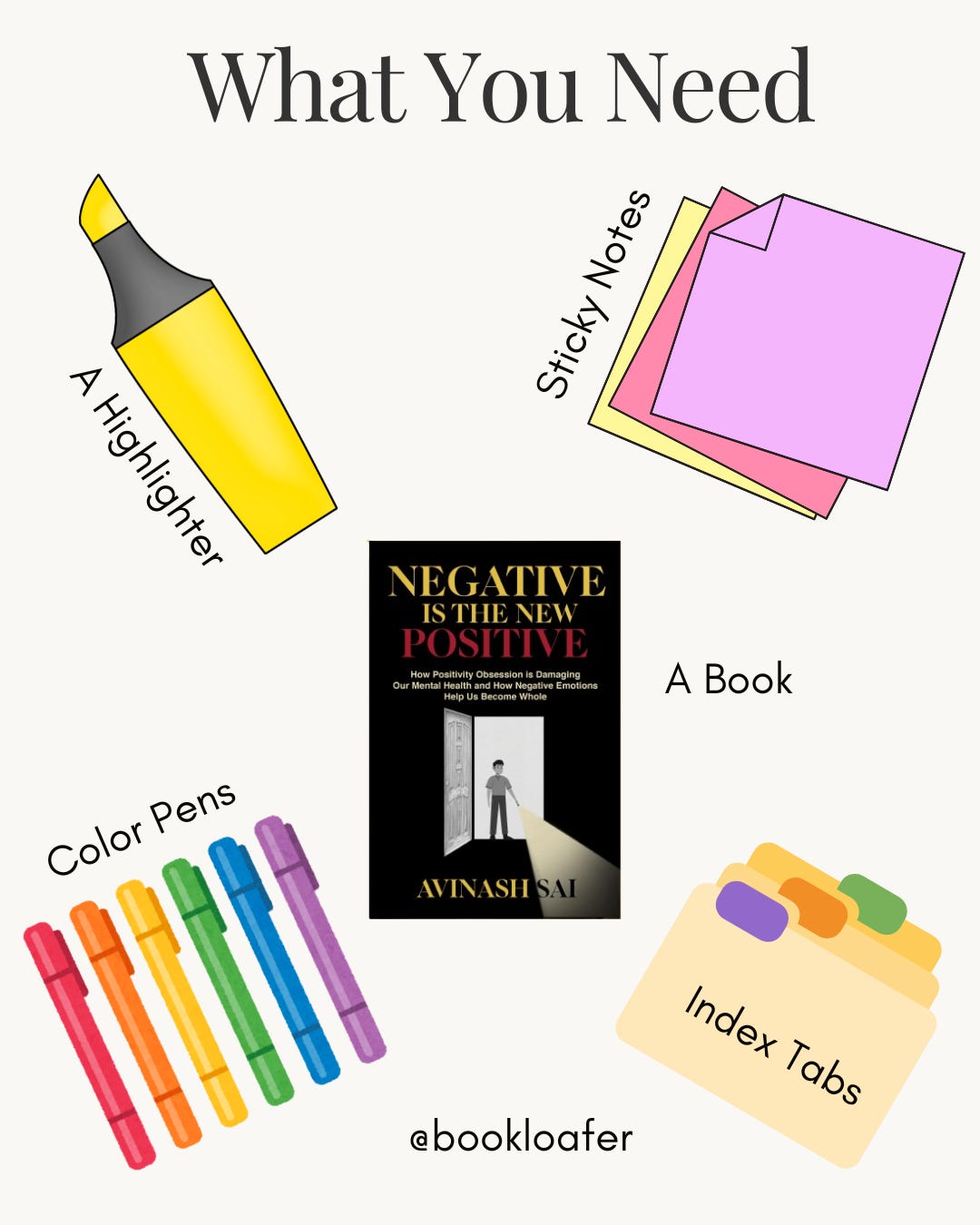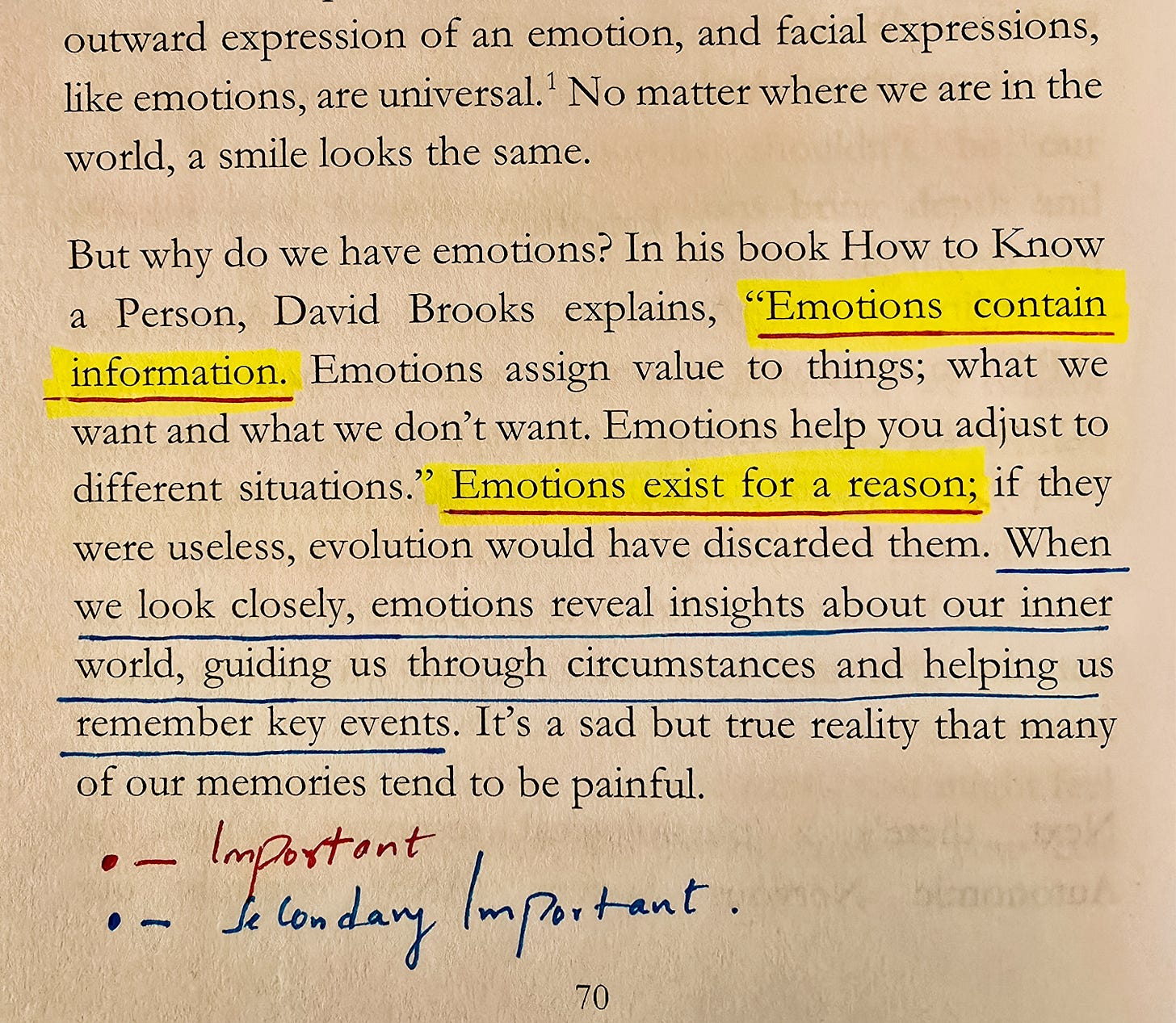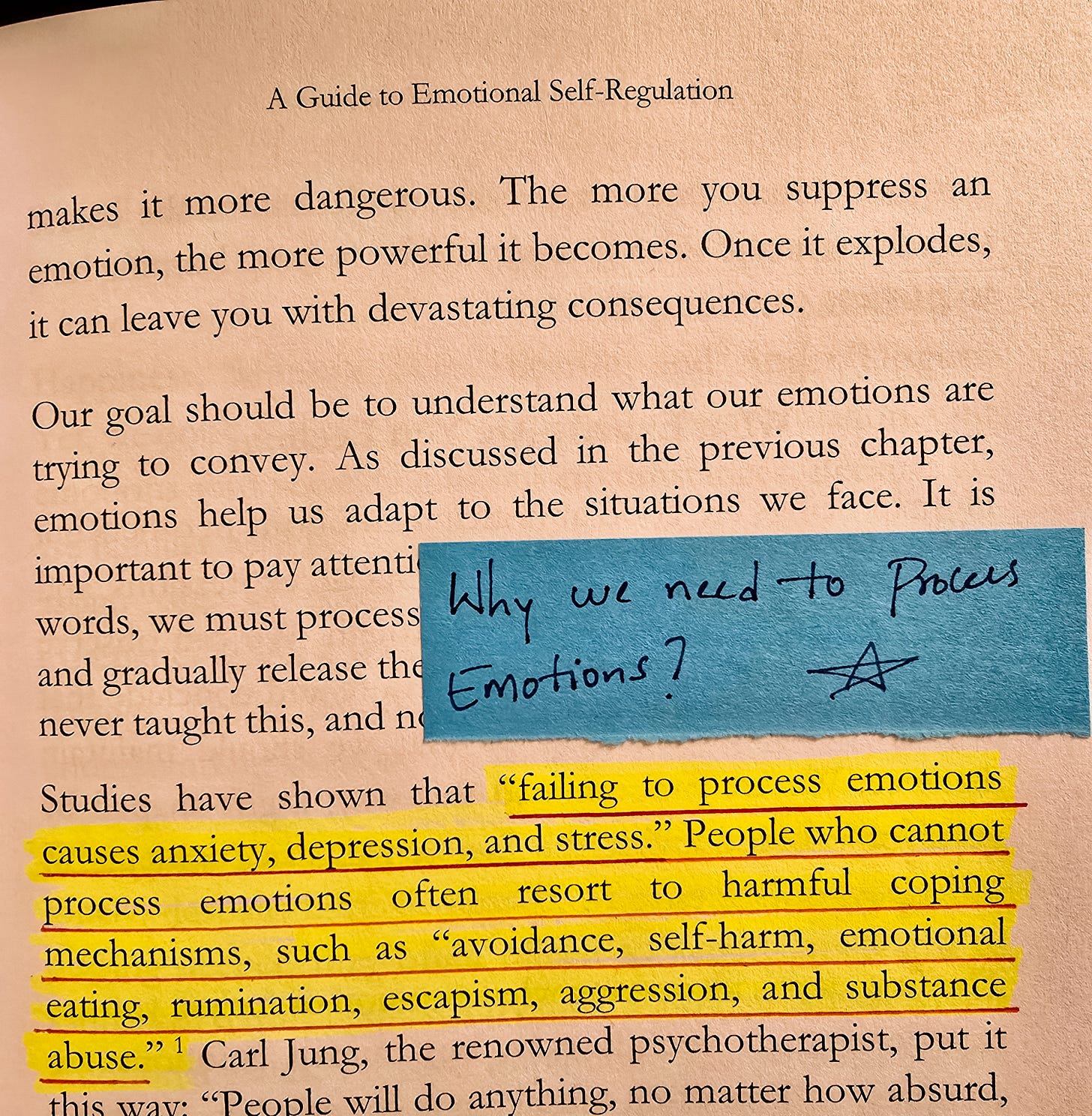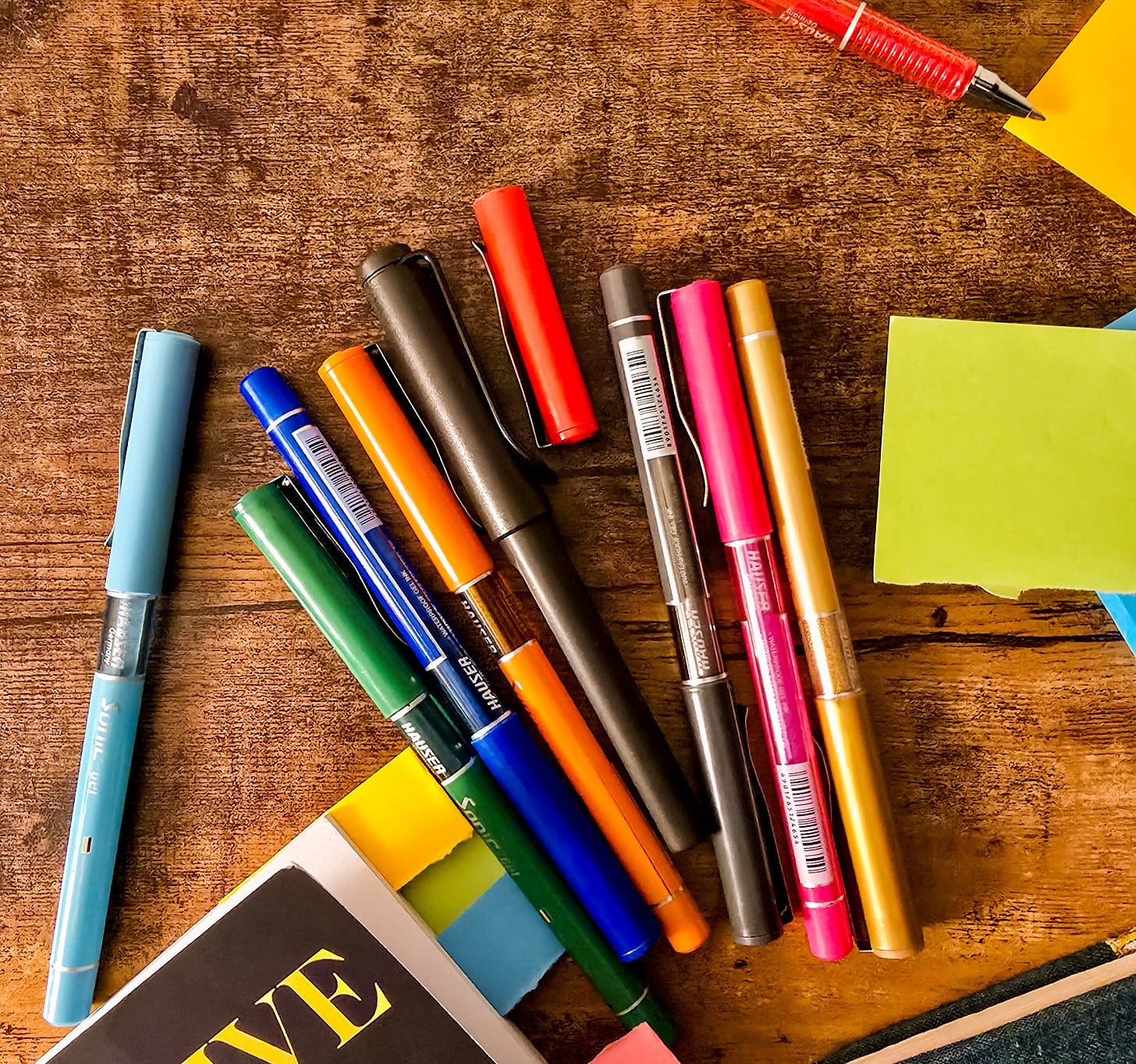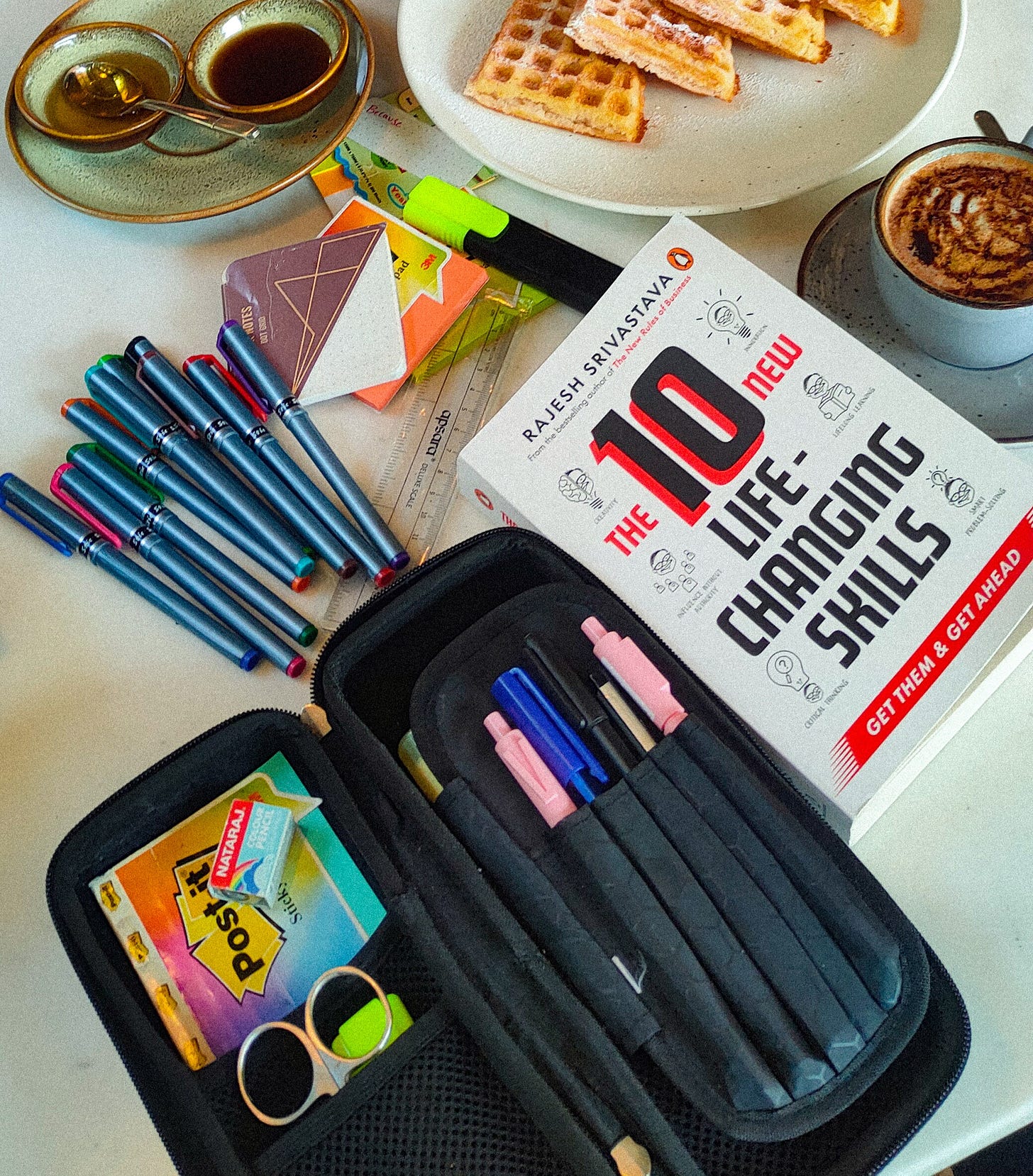Annotation isn’t all about highlighting or writing your notes at the margins. It is about making a book more accessible and memorable when you are reading it for the second time.
Why You Need to Annotate:
Annotation is for the future. When you pick up a book, it is neat and clean. You will spend enough time to read the book and remember a few things here and there. But when you revisit, you have to read the whole thing again if you fail to annotate.
Reading is an active conversation with the book. You are adding your thoughts, highlighting the sentences that you think are important and that you want to revisit later.
Annotation reveals what you think and feel about the book.
You might think that you are ruining the book, but you are helping it to serve its purpose, to be useful and consumed by a reader.
When you are annotating, you are owing the book. Your future ‘self’ will appreciate you for the thoughts you leave by. It is a conversation between you, the book, and your future 'self’.
But annotations have to be crisp and straight to the point; otherwise, you are defeating the purpose. I will help you do exactly that.
What You Need: Highlighter, Color Pens, Sticky Notes, and Index Tabs.
Highlight What Is Important:
Reading a good book is super fun. You feel to highlight everything you read. But you have to hold your horses. Not to quick. Read the entire paragraph again, and highlight the sentences that are important. You need to filter down the essence. Essence is usually in one or two sentences.
If you feel like highlighting more, use the underlining technique. Underlining is for secondary important sentences. You can do it with a pencil or a color pen of your choice. But always remember to highlight the essence.
Sticky Notes:
In the sticky notes, you can write your thoughts, whether you agree with the text or not, contradictory info, personal insights, or simply subheading. I usually use sticky notes for subheadings.
It’s hard to read every highlight to figure out what insight I am looking for. Once I highlight a paragraph, I write a subheading that entirely summarizes what the paragraph is about. It helps me to find the exact insight I am searching for.
Index Tabs:
They come in different colors. Dedicate different colors for every different concept. Red is for science, green is for philosophy, and so on. They can be employed for the most important concepts you want to revisit often.
Color Pens:
Same as index tabs, use different color pens to signal the importance and attribute of a sentence. Red is super important and has philosophical insight. Green is much less important but has a strong view point. Choose colors and assign their meaning or importance.
Annotation is Not an Annoyance:
Some readers feel highlighting and writing on the margins is a task. I understand. It disturbs the flow of reading. You can do it this way.
Take a pencil. When you feel something is worth highlighting, just draw a line beside the paragraph. Afterwards, come back and highlight or paste a sticky note and write something down. Take your time, but annotate.
Consider it an investment, not a work.
It’s important to remember to be comfortable with your handwriting. It’s your book; nobody is going to judge you. And don’t compare yourself with bookstagram accounts; annotate in your own way. Your style eventually becomes aesthetic. Of all, consume books; don’t just read them.




